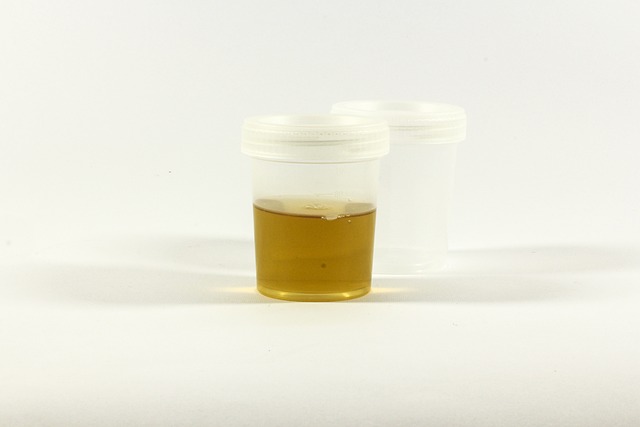Renovating an older home in San Antonio built before 1980? Asbestos testing is crucial due to potential hazardous materials. Pre-renovation sampling and lab analysis ensure safety, comply with local regulations, and guide informed decisions for managing asbestos, preventing health issues like mesothelioma and lung cancer. Engage professionals for accurate testing and safe handling of asbestos during renovation projects in San Antonio's diverse housing stock.
Renovating an older home in San Antonio? Asbestos testing is crucial for ensuring a safe, healthy transformation. Older homes often contain asbestos, a hazardous material that can pose significant risks if disturbed during renovation projects. This comprehensive guide explores the critical importance of asbestos testing before any construction or remodeling begins. We provide insights into potential hazards and offer a detailed step-by-step process for effective asbestos testing and remediation in San Antonio.
- Understanding Asbestos Hazards in Older Homes
- The Importance of Asbestos Testing During Renovations
- Comprehensive Guide to Asbestos Testing and Remediation in San Antonio
Understanding Asbestos Hazards in Older Homes

Many older homes in San Antonio, built before the 1980s ban on asbestos, contain this hazardous material in various forms. Asbestos was commonly used in insulation, flooring, roofing, and even some types of building materials due to its fire-resistant properties. While it may seem like a historical concern, asbestos hazards remain present for homeowners undertaking renovation projects. Testing for asbestos before starting any renovation is crucial for ensuring the safety of both residents and workers, as well as complying with local regulations in San Antonio.
Exposure to asbestos can lead to serious health issues, including mesothelioma and lung cancer. Even small amounts released during renovation work can be harmful. Asbestos testing for older homes involves taking samples of suspected materials and sending them to a certified lab for analysis. This proactive step is essential for identifying the presence of asbestos and determining the best course of action, whether it’s safe removal or containment strategies to minimize risk during renovation activities.
The Importance of Asbestos Testing During Renovations

Renovating an older home in San Antonio? Asbestos testing is a crucial step that should never be skipped. Given that many homes built before the 1980s may contain asbestos, it’s essential to identify and properly manage this hazardous material during renovation projects. Asbestos can release harmful fibers into the air when disturbed, posing significant health risks to you, your family, and workers. Testing ensures that you’re aware of any potential hazards and can take appropriate precautions to mitigate them.
For example, asbestos testing for older homes in San Antonio might reveal insulation, flooring, or roofing materials containing asbestos. Once identified, a professional can guide you on the best course of action, which could range from safe containment to complete removal, depending on the situation. Prioritizing asbestos testing not only protects your health but also ensures compliance with local regulations designed to safeguard residents and workers from this dangerous material.
Comprehensive Guide to Asbestos Testing and Remediation in San Antonio

In San Antonio, asbestos testing is crucial for anyone planning renovation or remodeling projects in older homes. Given the city’s rich history and variety of housing stock, many homes built before the 1980s may contain asbestos, a hazardous material that was commonly used in construction materials due to its fire-resistant properties. Asbestos can be found in various forms, such as insulation, flooring, roofing, and even pipe insulation, making thorough testing essential before any renovation begins.
A comprehensive guide to asbestos testing for older homes in San Antonio should cover pre-testing preparations, sampling techniques, lab analysis, and remediation options. Homeowners or contractors should begin by inspecting the property for potential asbestos sources. If asbestos is suspected, a professional asbestos tester should be engaged to collect samples from suspect materials. These samples are then sent to accredited labs for thorough analysis to confirm the presence and type of asbestos. Upon confirmation, a detailed plan for safe removal or containment must be developed. Remediation options range from simple enclosure to complete removal, depending on factors like asbestos type, extent of contamination, and intended use of the space.
Renovating an older home in San Antonio? Asbestos testing is crucial for ensuring a safe and healthy environment. Understanding the hazards of asbestos and knowing how to conduct proper testing can prevent significant health risks associated with this material. Our comprehensive guide provides essential insights into asbestos testing and remediation, empowering folks to navigate this complex landscape confidently. Remember that when it comes to asbestos in older homes, knowledge is power – and prompt action keeps you and your family safe.
